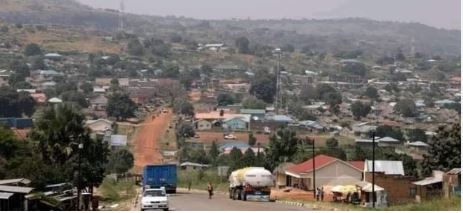Uganda and South Sudan on Monday agreed to resume trade activities through the Kaya-Oraba border point after four years of closure.
The deal was reached between officials from the two countries from 28 to 30 October in Morobo County of Central Equatoria State.
The Oraba-kaya border used to be the busiest in Central Equatoria State but slowed down due to the outbreak of the 2016 conflict in South Sudan.
Due to increased smuggling of goods back to Uganda, the Government of Uganda suspended the flow of goods, particularly fuel, into South Sudan via the border.
Addressing the media after meeting with Central Equatorial Governor Gen. Augustino Jadalla Kamilo, the state minister of trade and industry, Wani Tom Sebit, said both sides agreed to allow the flow of restricted goods through Kaya-Oraba and Afogi-Kajo-Keji borders.
“In the meeting, we reached a deal to allow the restricted goods because, for the last three to four years, goods could not come to South Sudan,” he explained. “Goods like sugar, rice, cooking oil, fuel and some of the other commodities were restricted from coming from Uganda via Oraba to Kaya.”
The minister said the South Sudan local authorities will enforce a total ban on the sale of fuel in Jerrycans, while Uganda will patrol its borders to curb illicit trade.
The Commissioner General of the State Revenue Authority, Moses Isdoru, said the reopening of the trade will improve business and revenue collection in Central Equatoria State.
“This is going to improve the revenue as soon as the minister of roads at the national level can put another effort to improve the roads,” he said. “We are sure that business will boom even those in the camps will begin to come back because the nature of the road is good the security on the roadside is good because we have forces all along the road and they are protecting the movement of the people.”
Kaya town is located on the border with Uganda and is a strategic entry and supply route which used to be very active before the conflict reached the area in 2016.




